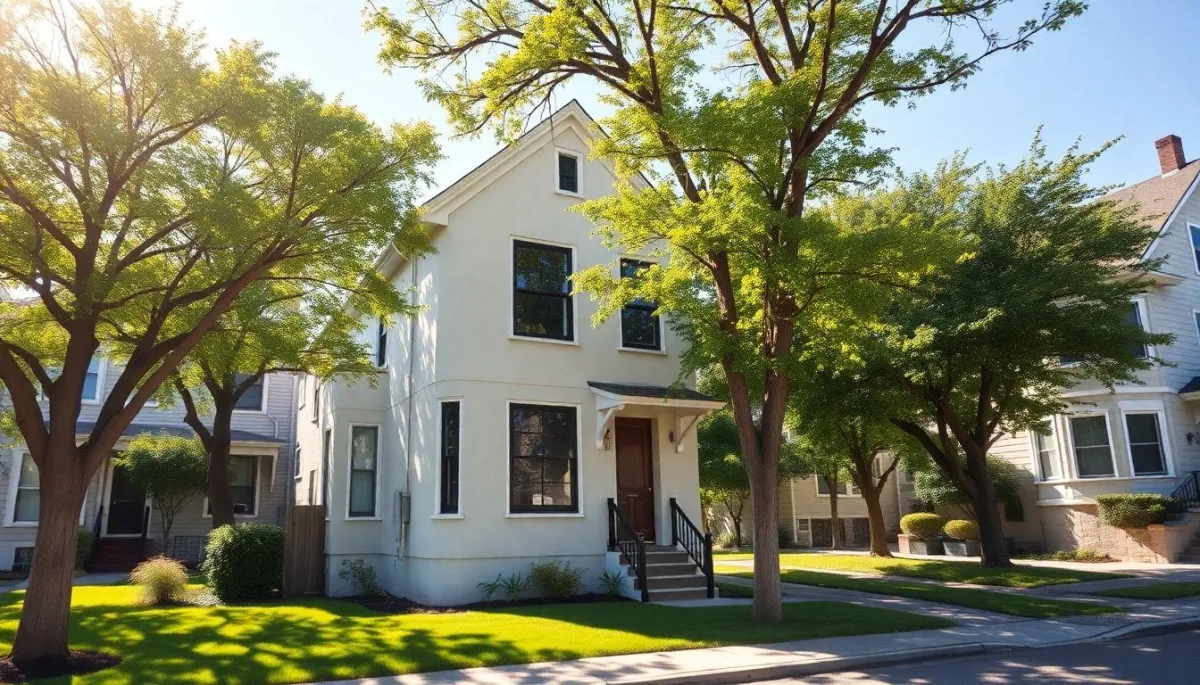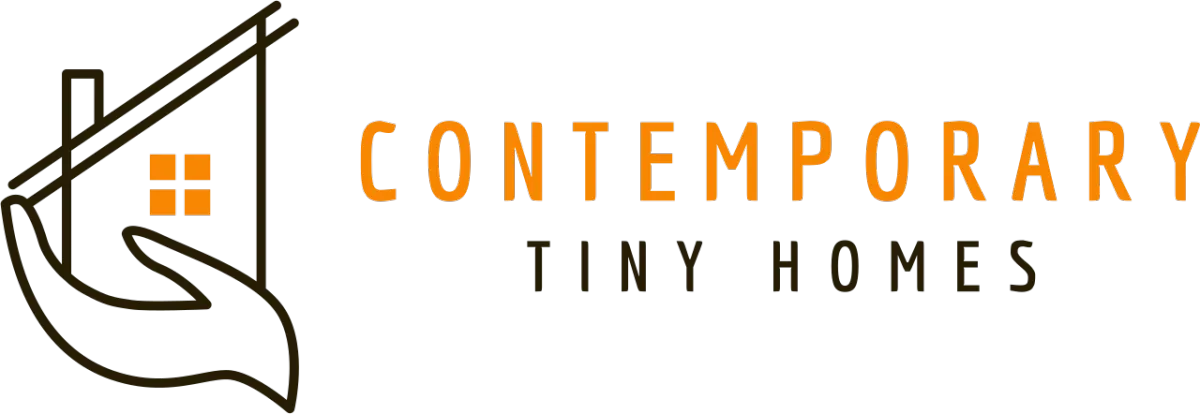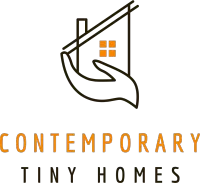Knowledge Center: Your Go-To Resource for ADUs and Tiny Living
Knowledge Center: Your Go-To Resource for ADUs and Tiny Living
Email [email protected]
Phone 860-TINY-HOM (es)

How can ADUs be integrated into existing neighborhoods?
Accessory Dwelling Units (ADUs) have gained popularity as a versatile housing option that can address various housing challenges, from affordability to sustainable development. Integrating ADUs into existing neighborhoods requires careful consideration of zoning regulations, design aesthetics, community engagement, and infrastructure.
Let's explore how ADUs can seamlessly integrate into established neighborhoods, examining the regulatory landscape, design principles, community involvement, infrastructure needs, and potential impact on property value and neighborhood character.
Benefits of Integrating ADUs
Integrating ADUs into existing neighborhoods isn't just about adding extra square footage. It’s about fostering a sense of community, increasing housing options, and promoting sustainable urban development. ADUs can help homeowners generate additional income, provide affordable housing opportunities, and support multi-generational living arrangements. So, if you're considering adding an ADU, you're not just building a structure you're building a better neighborhood.
Zoning and Regulatory Considerations for ADUs
Zoning Laws and ADU Regulations
Before you consider building an ADU, it's important to check your local zoning laws and regulations or work with professionals at Contemporary Tiny Homes, to make sure you can legally add an ADU to your property. Some areas have strict rules about ADU size, placement, and residency requirements.
Permitting Process for ADUs
Getting the green light from your city or county for your ADU might involve jumping through a few hoops, like submitting detailed plans, paying fees, and undergoing inspections. But hey, it's all part of the process, right? Just think of it as a rite of passage into the world of ADU ownership.
Design and Aesthetics of ADUs in Existing Neighborhoods
Architectural Guidelines for ADUs
When it comes to designing your ADU, think outside the box (or, in this case, outside the main house). Consider factors like scale, materials, and landscaping to ensure your ADU complements, not competes with your primary residence. After all, you want your ADU to be the neighborhood star. Have a design in mind? Contact our team for a free consultation and we'll bring your ADU design into reality.
Integration with Existing Structures
Blending your ADU seamlessly with your existing property is the name of the game. Whether it's matching rooflines, coordinating exterior finishes, or mirroring architectural details, the goal is to make your ADU look like it's always been there. Your neighbors will thank you for not sticking out like a sore thumb.
Infrastructure and Utilities Considerations for ADUs
When it comes to adding an ADU to your neighborhood, ensuring proper infrastructure and utility considerations is important. These small homes need to have utility hookups that can support their independent function. From water and electricity to sewage and gas, getting these connections right is essential. Additionally, parking and access requirements need to be addressed to prevent congestion and maintain the flow of the neighborhood.
Utility Hookups for ADUs
Hooking up utilities for ADUs involves more than just plugging in a toaster. Water, electricity, sewage, and gas lines need to be extended or upgraded to meet the needs of these additional units. Proper planning and coordination with utility providers are key to avoid any potential issues down the line.
Neighborhood Character
Integrating ADUs into existing neighborhoods can have varying effects on the overall character of the area.
Preserving Neighborhood Aesthetics with ADUs
Maintaining the charm and character of a neighborhood while adding ADUs is a delicate balance. Design guidelines and regulations can help ensure that new units blend in seamlessly with existing homes. From architectural styles to landscaping, preserving neighborhood aesthetics is essential for creating a cohesive and visually pleasing environment.
Potential Challenges and Solutions in Integrating ADUs
Despite the benefits of ADUs, integrating them into existing neighborhoods can present challenges. Overcoming NIMBYism, ensuring affordability, and improving access to ADUs are key areas that need to be addressed to foster successful integration.
Overcoming NIMBYism (Not In My Backyard)
NIMBYism can be a hurdle when it comes to integrating ADUs. Concerns about property values, density, and neighborhood changes can lead to resistance. Education, community engagement, and showcasing the benefits of ADUs can help dispel these fears and foster acceptance.
Affordability and Access to ADUs
Ensuring that ADUs remain affordable and accessible to a diverse range of residents is crucial for inclusive integration. Financial incentives, streamlined permitting processes, and creative financing options can help make ADUs a viable housing solution for a broader population.
Conclusion
The integration of ADUs into existing neighborhoods presents an opportunity to promote housing diversity, community engagement, and sustainable urban development. By addressing zoning challenges, engaging with residents, and designing thoughtful ADU structures, neighborhoods can benefit from increased housing options while preserving their unique character. As more communities embrace the potential of ADUs, it is essential to continue exploring innovative solutions and sharing success stories to inspire a more inclusive and resilient urban landscape.
FAQ
How do ADUs impact property values in existing neighborhoods?
Some research suggests that well-designed and well-maintained ADUs can increase property values by providing additional rental income or housing options.
What are the typical challenges in integrating ADUs into established communities?
One of the typical challenges in integrating ADUs into established communities is navigating zoning regulations and building codes that may not have originally accounted for these additional dwelling units. There may also be concerns about increased traffic and parking issues, as well as potential changes to the neighborhood's character and aesthetics.
How can residents get involved in the decision-making process regarding ADU integration in their neighborhood?
Residents can get involved in the decision-making process regarding ADU integration in their neighborhood by attending community meetings, voicing their opinions to local government officials, and participating in public hearings.

Copyright 2025. All rights reserved. Norwalk, CT
Connecticut's New Home Construction Contractor License: #NHC.0017654
EPA Lead-Safe Certified NAT-F269966-1


